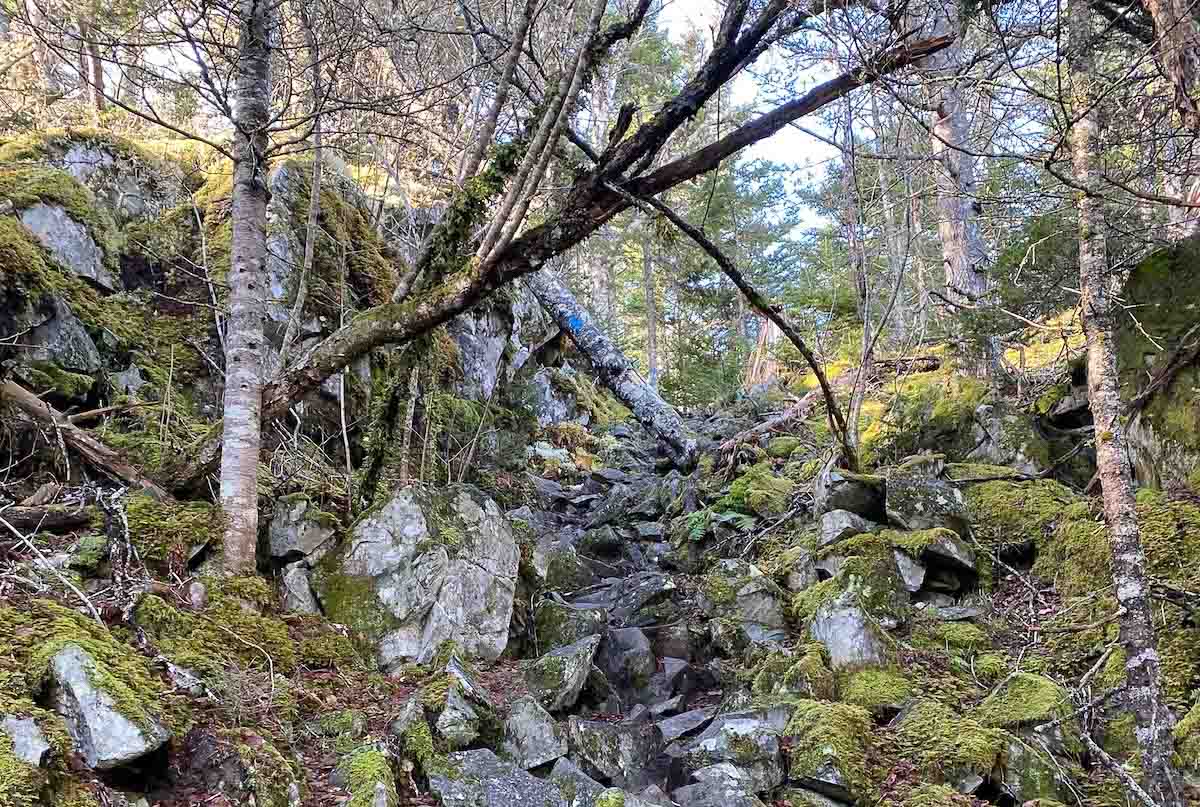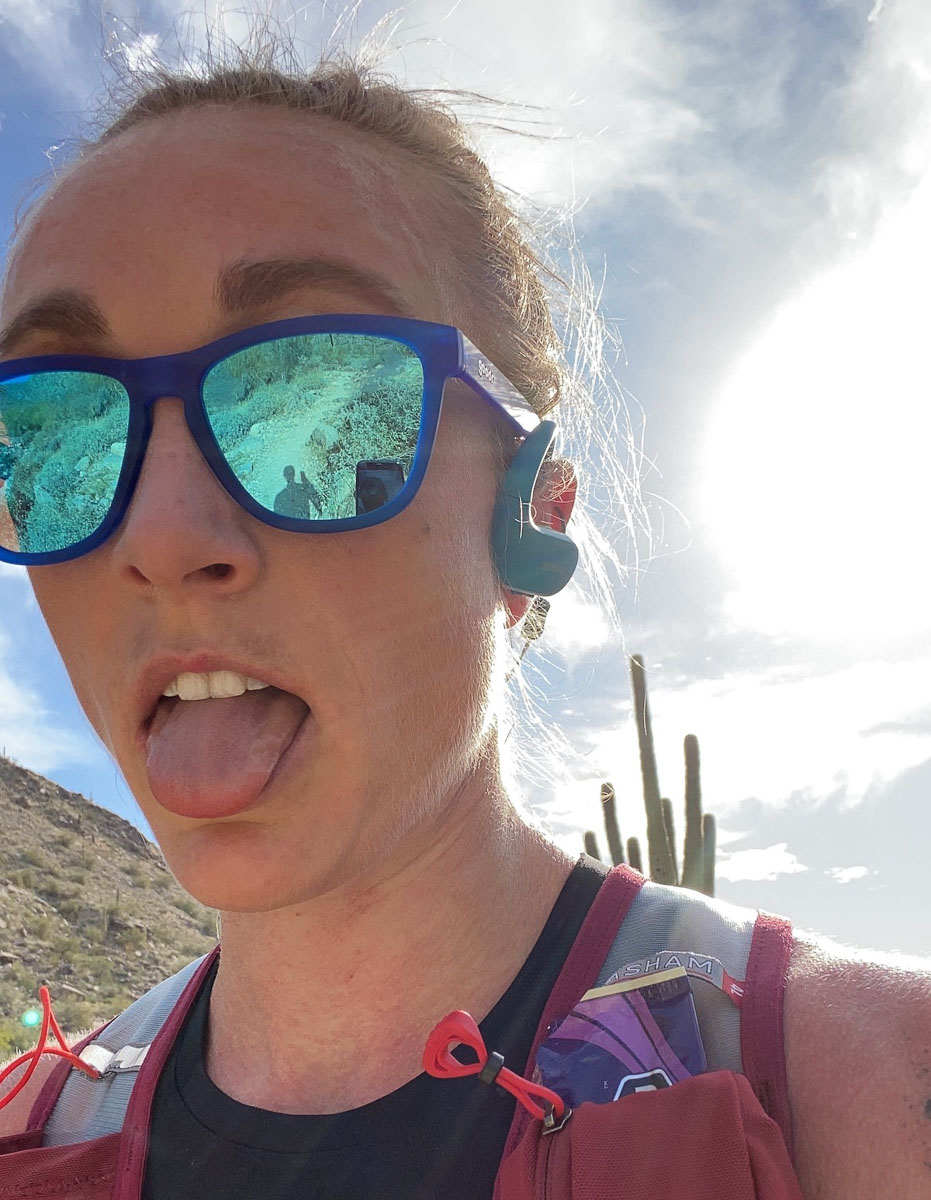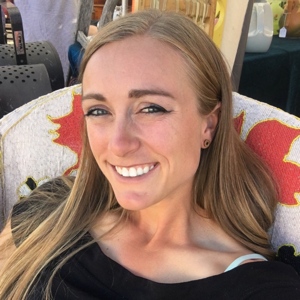It’s fitting that my journey to trail running was a winding one.
I planned to start trail racing in 2020, and we all know how that year turned out. But here we are in 2022 and it’s been over a year since my first trail race — well, first official one anyway; more on that later — and I am fully in love with both the act of running on trails and the community. This past year had some failures, some victories, a bunch of new friends, and a lot of “figuring it out.”
I doubt any athlete starts off their athletic career thinking, I’m going to be a trail runner! To say my path to this sport was a bit unconventional is true, but my guess is that so have been the journeys of many trail runners. So let’s start at my proverbial beginning.

Hershey’s youth track and field is where I first became interested in running. It’s also where I tried out a great 1997 bang style, along with my sister (left) and my mom (center). All photos courtesy of Alex Potter unless otherwise noted.
I’ve always been extremely competitive, mostly with myself, but also with others. I played every sport I could get my hands on from elementary to high school where I lived in Minnesota, but eventually settled the most into cross-country and track. While I always tried to be at my best, I had some health challenges that kept me from reaching what I believed to be my full potential throughout my college career at Bethel University in Minnesota.
Tired of the stress of competing by the time I graduated, and eventually moving to the Middle East in places where it was impossible to run outside as a female anyway, my running decreased to a trickle and eventually into none at all. I entered some races, always frustrated and feeling like a failure when I couldn’t compete at the level I did in college — go figure! So, my running and competitive spirit went into hibernation for about seven years while I worked as a journalist in Yemen, Iraq, and other places that were incredible for living, but not for exercise.
Fast forward to 2018. I was working for the U.S. Forest Service as a wildland firefighter in Ketchum, Idaho, on a small but capable engine crew. Though engines have the stereotypes of being “engine slugs,” aka, not working out compared to the hand crews on hotshot crews, it just so happened that our engine captain, Jake Renz, was an ultrarunner. When we weren’t lifting weights every day, we’d go out for a trail run, usually on the same six-mile out-and-back route.
Looking back on it, the elevation gain was pretty minimal, but me blasting out of the gate at a 7:30 minutes-per-mile pace on the undulating and loamy trails of the Wood River Vally in Idaho left me out of breath and absolutely wrecked. Yet I loved it. Great scenery, great friends, and a new sport where I didn’t have to run a blistering pace. My connection to movement was still there, and the connection to the outdoors, a newfound joy.
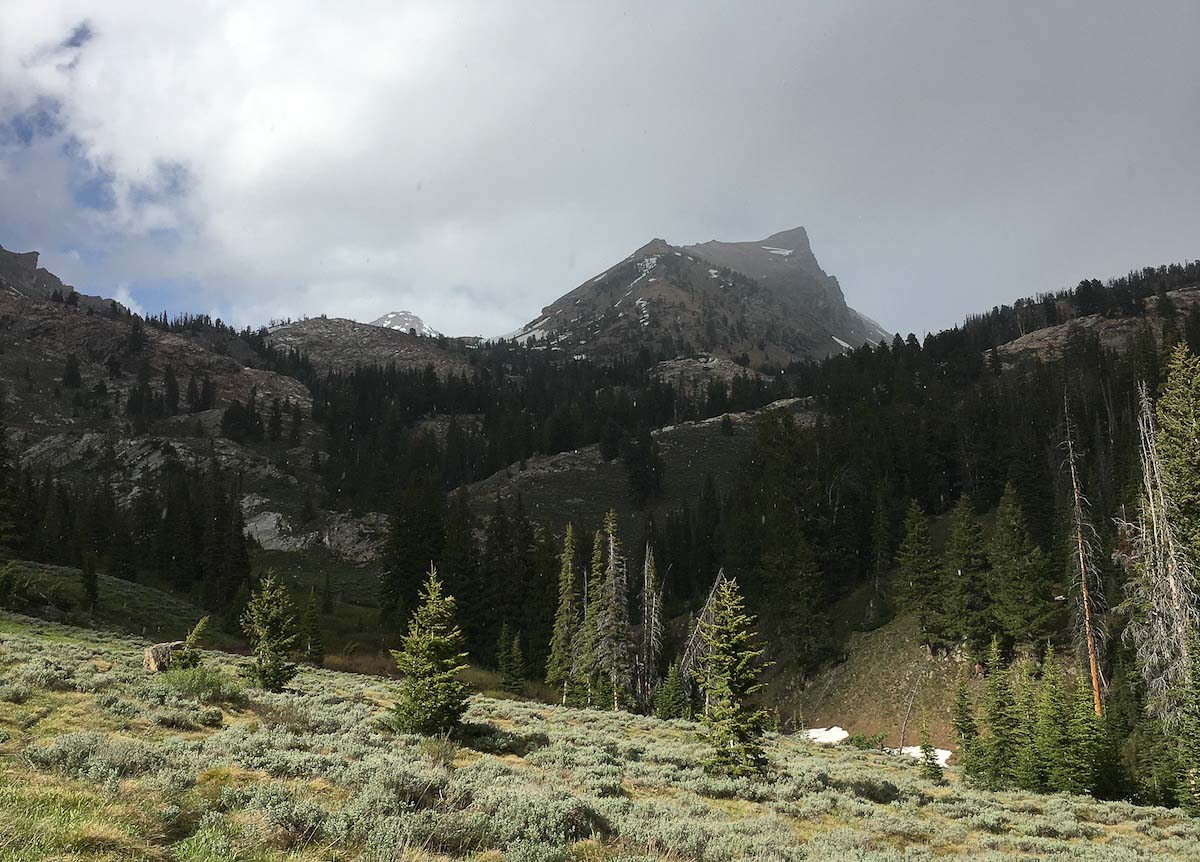
Pioneer Cabin via Hyndman Peak Trail was my first solo trail run. I absolutely took a wrong turn and got marginally lost.
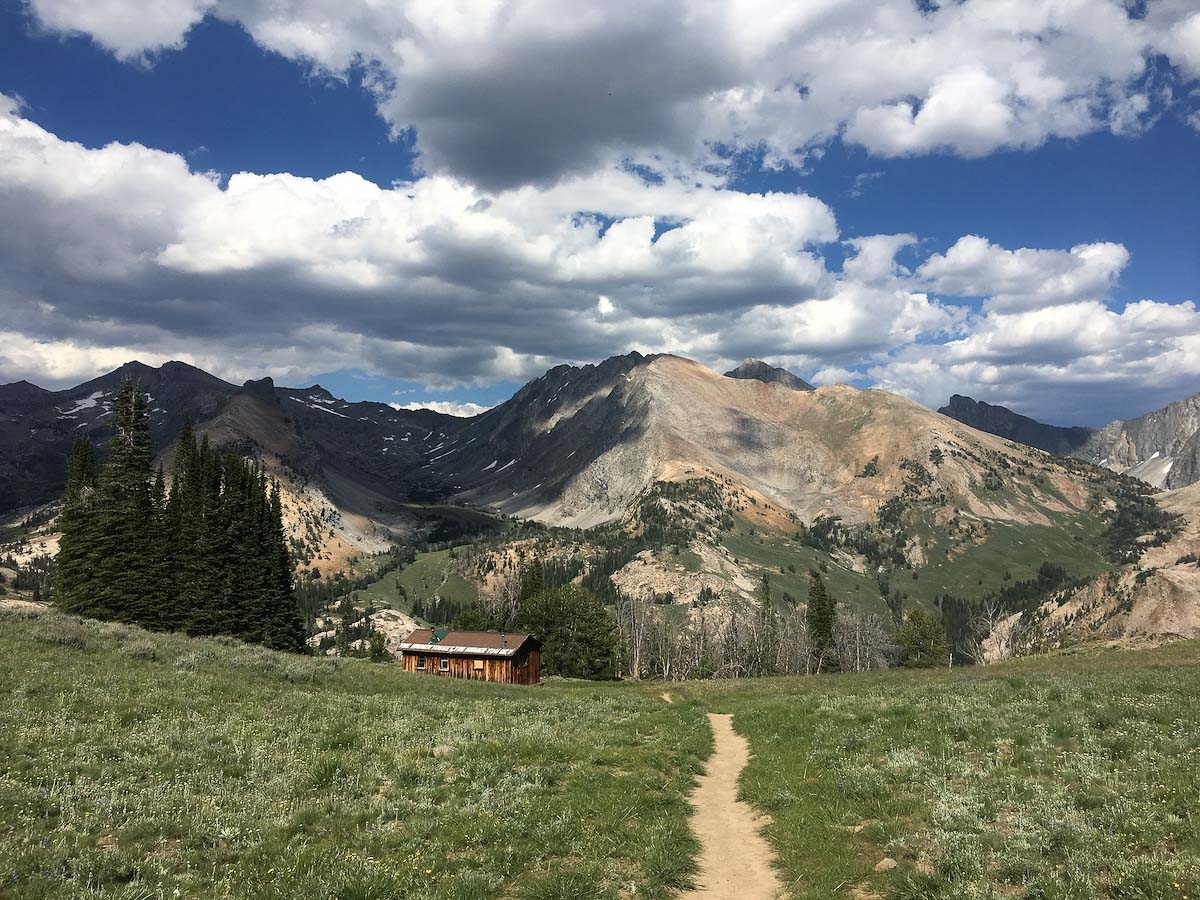
Pioneer Cabin Trail (front side) where we’d occasionally run as a fire crew. The eight-mile out-and-back route with 2,600 feet of vert was a perfect route. The cabin roof reads, “The Higher You Get, The Higher You Get.”
Like anyone new to an unconventional sport, my interest waxed and waned, and living in Rhode Island in 2020 didn’t exactly bode well for a prolific trail running career. However, I still wanted to give it a try. So in 2020, I signed up for a bunch of races on the U.S. East Coast — right before COVID-19 slapped all of our race dreams out of our hands.
Yet toward the end of the year, there was one race that hadn’t been canceled: the Bold Coast Bash 30-mile race along the coast of Maine. I’m going to do this, I thought. No matter that I had trained almost exactly zero, focusing more on swimming and weightlifting at the time. One week before the race, I ran 15 miles throughout the city of Providence, Rhode Island, and figured if I could make it half the distance here, I could suffer through the whole thing. I was wrong.
Ultimately, the organized race was canceled two days before it was supposed to start, again due to the pandemic, but I went to run the route anyway. My partner Pete and I made our way up the Atlantic Ocean coast to Cutler, Maine, quite close to the Canadian border, further north even than Acadia National Park.
The route was three 10-mile loops, with half of it through sometimes squishy but also boulder- and debris-laden forest trails, and half on the granite rocks lining the coast. Pete planned to walk one loop so he could “crew” me, armed with Skittles and Snickers.
We parked on a cold and misty morning, and I headed off into the woods. The sun rose and I quickly shed my long sleeve. The first lap was great — not very fast, but I accepted that. I kept yogging ahead across the Bold Coast and through the rainforest-like inner section of the trail. Back at the car, I ate a gel and half a breakfast sandwich, which actually tasted pretty good in the still-chilly morning.
But halfway through the second lap, my knees started to hurt. Then my iliotibial band, then my Achilles, then my back. The slippery roots, squishy mud, and solid granite were doing a number on my untrained joints and ligaments.
I made it through the second lap, limping to my car, and planned to quit. Except I then remembered Pete was still out there — and he would be expecting me! The string of expletives that went through my mind is not fit to print.
So I headed back out … and didn’t see Pete anywhere. I met a couple about three miles in who said they’d seen him head back to the car about a half-hour ago. Next came more expletives and holding back tears because I was in so much pain. Luckily, there was a shorter loop that I took back to the car — hooray! That day, I made it 26 miles, my first marathon-distance run!
At the trailhead, Pete and my car were nowhere to be seen, and I started freezing in the misty drizzle. This was November, after all. I’d broken the first rule of trail running: never go out unprepared! Luckily, there was a nice couple who had also just run the loop that gave me an emergency blanket, some potato chips, and their company until Pete returned with a slice of pizza for me. My first experience with the trail running community was a heartening one, but I couldn’t walk right for a week.
A month later, we moved to Flagstaff, Arizona, one of the trail running meccas of the American West, and I promptly signed up for five Aravaipa Running races of gradually increasing distances in Arizona, two 50ks in Idaho, and a 100 miler, also in Idaho. Talk about getting ahead of myself. Whatever, I thought, I’ll figure it out.
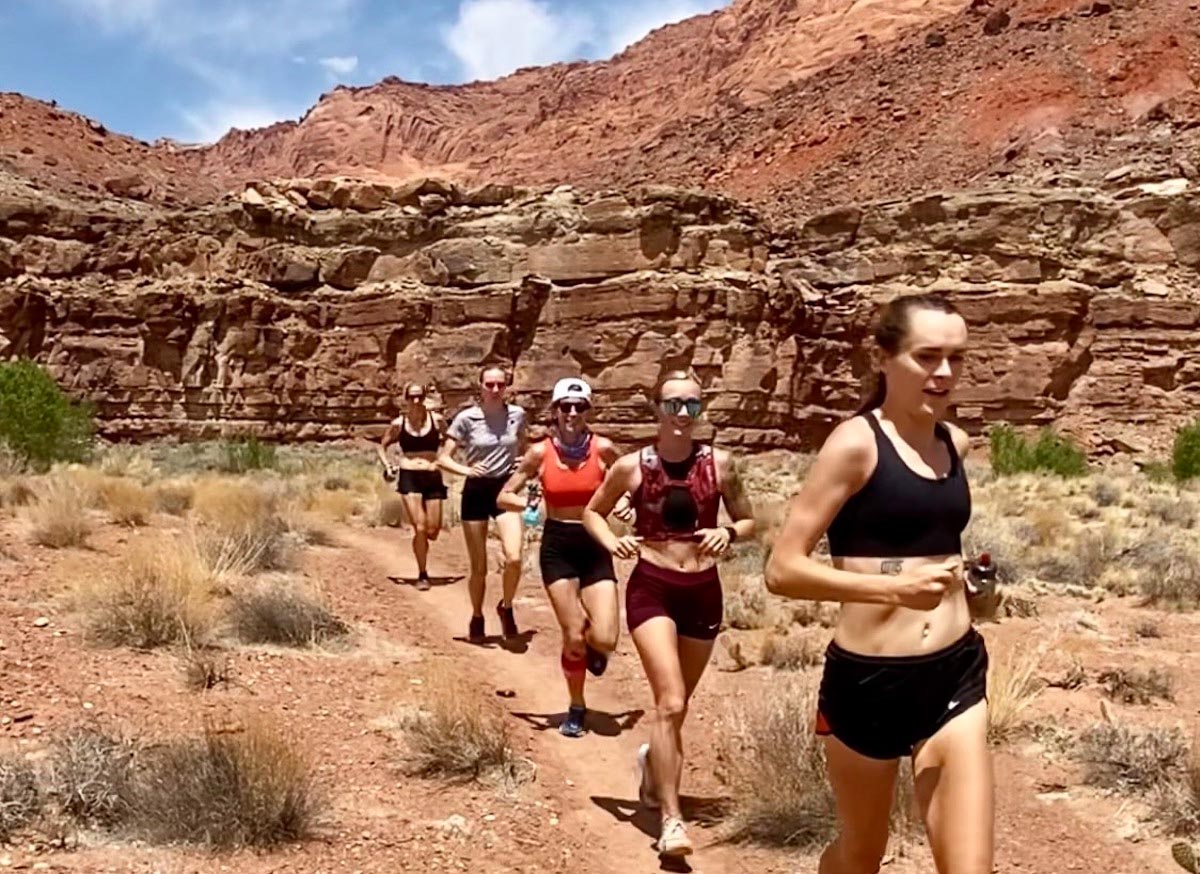
Running with (front to back) Lindsay McDonald, me, Heidi Nadeau, Courtney Barnes, and Beth Pascall. Photo: Jessica Brazeau (who was also running)
To spare you the details of all the races, they were fun, friendly, and much less painful than the Bold Coast. I gradually improved on distances from 24 kilometers to 35k, even winning a couple. I finally felt happy and confident in running again, trusting my body and mind to take me through rough patches.
I had a great group of lady running friends in Flagstaff with whom I shared miles, backyard barbeques, and wine nights. The scenery was great, trails challenging, and despite my slogging pace due to the 7,000-foot altitude, I gradually improved. And best of all, I loved the community.
The trail world is so different than competing on the road. Who eats chips and pierogis during a run, thought I, who had never had so much as Gatorade while running before. Who wants to run with a sack of water on their back or something in your hands, thought I, who has always been a minimalist. Why would you wear longer shorts or T-shirts, thought I, who had always preferred to run in booty shorts and a sports bra only. To be honest, that part hasn’t changed much.
I learned my lesson on the fueling point. During my first 50k, Mesquite Canyon in White Tank Regional Park in Arizona, I experienced — for the first time — the bonk. I’ve always had an issue of starting too fast, but the previous races with minimal vertical gain and the longest of them about 20 miles, that wasn’t an issue. But there I was, after a great first 16 miles of the race, heading back up the steep and rocky Goat Camp Trail.
Focused on what was ahead of me, I forgot to eat or drink for probably 40 minutes. That doesn’t sound that long, but it was the beginning of the end. By mile 23, my hamstrings cramped, and I was dizzy, nauseated, and absolutely burning up. I slogged my way back to the finish in the longest eight miles of my existence, straight to the medical tent for ice packs. Another lesson learned, once again the hard way.
Where I really came to appreciate trail running to the fullest, with the joy and community that it brings, and finally “figuring it out” — other than covering the Western States 100 and Hardrock 100 for iRunFar which were epic adventures in and of themselves — was at a race on the Continental Divide, the Beaverhead Endurance Runs 55k, last summer.
Starting at dawn on a ridgeline far above Salmon, Idaho, we started with Idaho on the left and Montana on the right. Pete was there, absolutely stoked to crew (even though crew was only allowed at one aid station, at mile five), the best one-man cheering section ever, both for me, and the new Missoula friends we’d made the previous night.
This was the first time while running a long way that I felt like I really hit a flow state, taking in the beauty and calm of the covered trails the first half of the race, and picking my way across the miles-long scree field before a painful descent and ecstatic final stretch. At the finish line, there were tacos, smoothies, families, friends, and dogs, and everyone was so excited to be there.
The event even convinced Pete about the power of trail running; he does not like running and I am pretty sure he has not run more than 10 miles in his life — maybe 10 years ago, back in the Marine Corps — yet he now wants to run Beaverhead next summer.

New friends at the Beaverhead Endurance Runs, including Jonathan Olson (blue shirt), Curt Tweedy (Hawaiian shirt), myself (center), and Pete (in the hat, center).
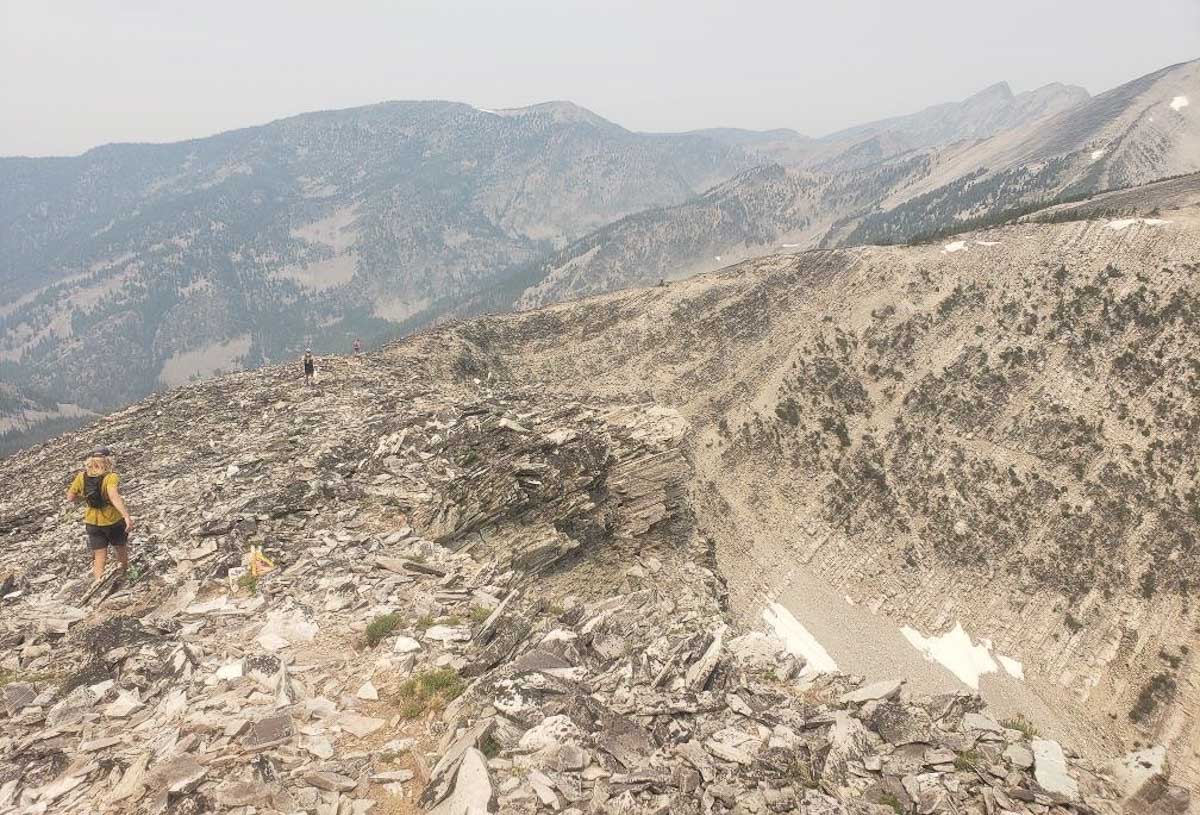
A view of the three-mile scree section of the Beaverhead Endurance Runs 55k. I’m the third runner toward the front in the middle of the field. I didn’t realize how smoky it was up there until I saw these photos. That and the smoker’s cough I had for a week. Photo: Jonathan Olson
It is in my nature that whatever my pursuit, I dive straight into the deep end. Journalism? Go live in the Middle East and write stories from there. Skiing? Just throw them on and learn on the go. Languages? Move to the country to learn. Running? Obviously, do ultras. Along with my budding trail running interest came a life change; I quit my nursing job in preparation for a potential Air Force career, but one that seemed unlikely, if not unattainable, even for me.
What else would interest me? Well, running, of course! I started to look around for editing jobs, hoping to integrate my previous journalism experience into my newfound love for trail running. Lo and behold, right at the perfect time, iRunFar posted about an open editor position! Meghan, Bryon, and I hit it off, and before I even officially started, it was off to the races.
No, literally, I drove a few states away not too long after our interview to learn the ropes at the Western States 100. Prior to this, I had been to mostly local races of varying levels of competition. But this was something else! People wilting in the sun yet pushing through to finish strong, and those who finished in the final golden hour before the cutoff were beyond incredible, and made me even more grateful to be a part of this community, part of a wild and new world.
